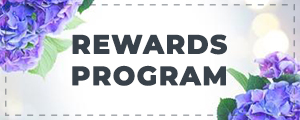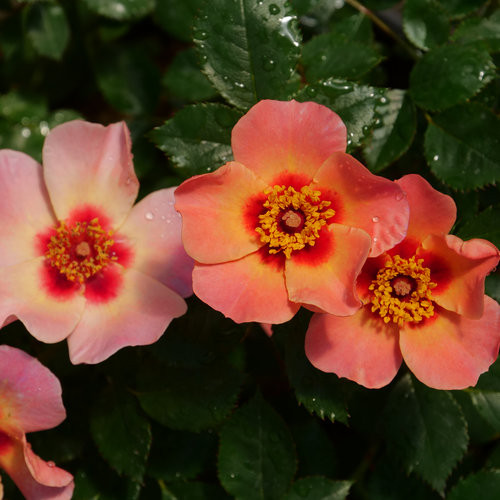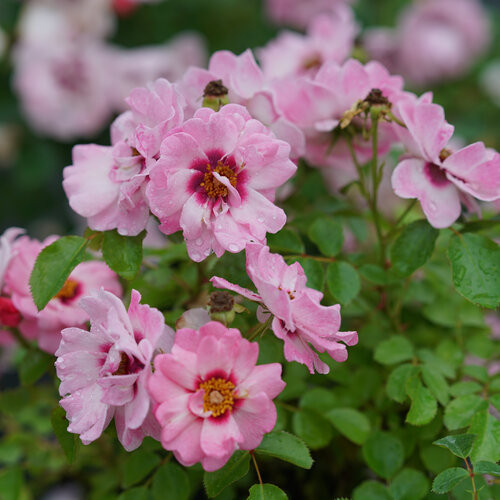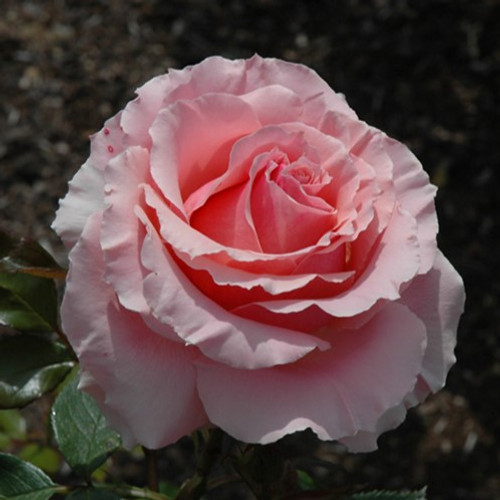| Rosa 'ChewBullseye' | USDA Zone: 4-8 |
Already decorated with six awards from around the world, Ringo® Rose is finally available in North America. The blooms of this colorful, appealing hybrid open a bright golden yellow with a blazing red center. They mellow to a soft yellow, before finally turning white with a distinct pink center. The effect is of three colors blooming at once.
Top three reasons to grow Ringo® Rose:
- Big, single, bright yellow flowers each have a bold red ring in the center for a dazzling visual effect in the landscape or garden
- Disease resistant and robust
- Deadheading not required for continuous blooms
Rose Type: Shrub, Landscape Rose
Bloom Time: Summer, Fall
Continuous Bloom or Rebloomer
Attracts Pollinators
Deadheading Not Necessary
Common Name: Rose, Landscape Rose
|
Key Feature
|
Light Needs | Landscape Uses |
 |
 |
|
|
|
|
| More About Ringo® Rose |
| Height: 3-4 ft |
Spread: 3-4 ft |
Flower Colour: Yellow / Red / Pink Shades |
|
This versatile, floriferous rose can be grown on its own, as a hedge, or in a garden among other perennials, shrubs, or roses for an easy care display of consistent color. This rose does not need deadheading in order to keep blooming. As for pruning, it's a good idea to cut the whole plant back by about half to one-third its total height in early spring - this removes any thinner buds at the top of the plant, ensuring that the growth for the year comes from the thicker buds further down the stems. Don't sweat it too much - just cut back the stems above where a nice, big bud is emerging. Though this rose has proven itself resistant to powdery mildew and black spot, proper care and siting is important. Plant where it will get at least six - and ideally, eight or more - hours of bright sun each day. Avoid wetting the leaves when you water, or if you have a sprinkler system, adjust the head so that it waters the soil rather than the plant. Note that when grown in a container, it may not perform exactly as indicated on the tag - this is to be expected. Also note that when growing plants in outdoor containers and baskets, they may require more frequent waterings than they would in the yard or garden. Be aware that in our climate, most plants cannot be expected to survive the winter if left in containers outdoors, and this plant is no exception. NOTE: Some flowers and plants may be harmful or poisonous to people or pets if touched or ingested. If you require more information before placing an order, please let us know in advance. |










